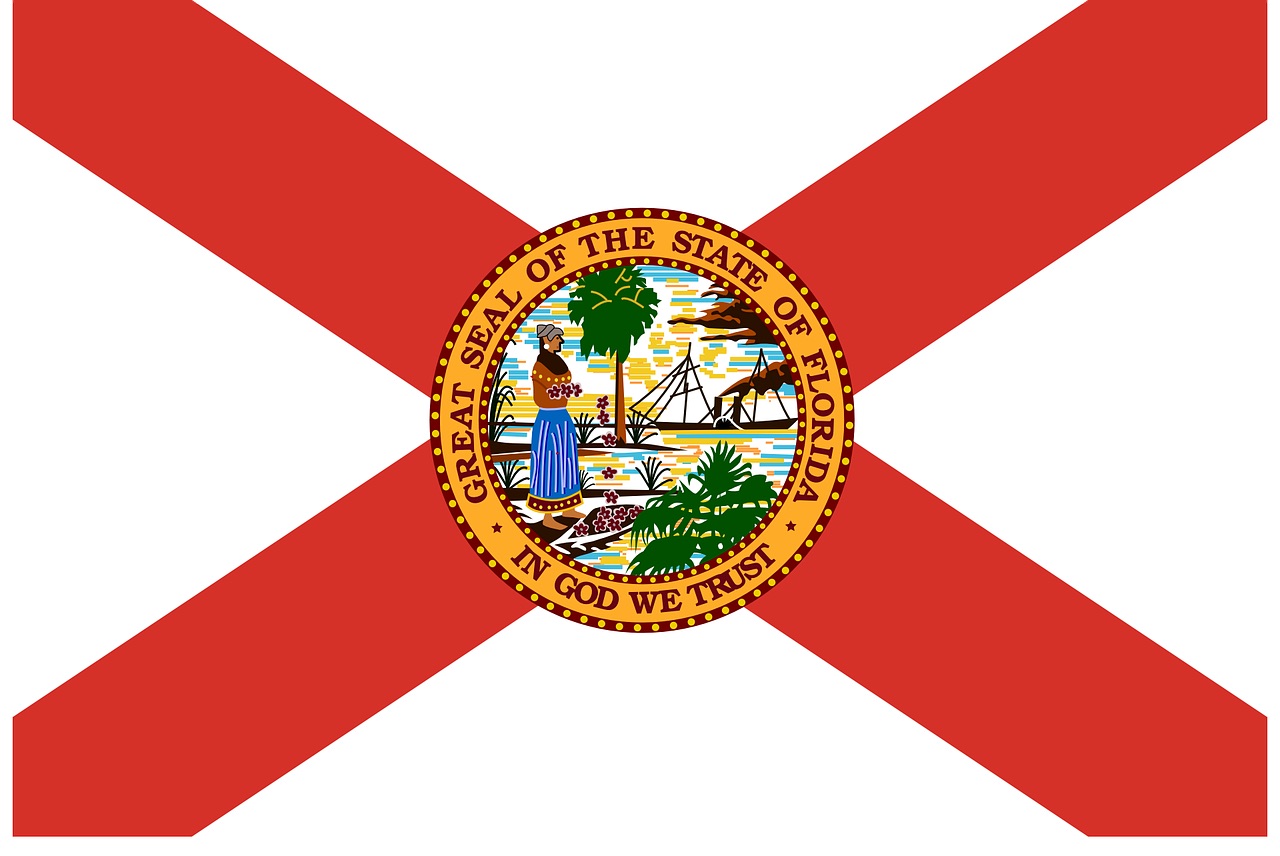
Florida Governor Orders Louisiana Visitors to Self-Quarantine
March 27, 2020
Terrebonne Parish Daily Update: March 27, 2020
March 27, 2020Congress approved the Coronavirus Aid, Relief, and Economic Security (CARES) Act which includes a provision aimed at keeping workers employed and small businesses afloat. The “Paycheck Protection Program” expands on the Small Business Administration’s existing 7(a) program. But, it is different in two important ways: (1) the 100% SBA guaranteed loans made directly by private, local banks, which should enhance processing speed; and (2) the loans, if used on payroll and other operating expenses, are forgivable, if you “maintain” your workforce to as required by the Act. On this last concept, the “rubber meets the road” as detailed in section 10 of my summary below.
Here’s my summary of the “Paycheck Protection Program”:
1.) Who Is eligible? Small business, sole proprietorships, independent contractors with less than 500 employees
a. The 500 employee limitation is waived for NAICS codes beginning with 72 – Accommodation and Food Services (Restaurants and Hotels);
2.) How much?
a. The maximum loan amount is average monthly payroll costs (a defined term) incurred during the 1 year period before the date on which the loan is made TIMES 2 and ½ (in other words – 2.5 times average monthly payroll);
b. but it is capped at $10 million
3.) When?
a. Can apply for loan as soon as 3/31/2020
b. loans to be made/closed between February 15, 2020 and June 30, 2020 (the “Covered Period”)
4.) Use of proceeds? The loan can ONLY be used for:
-
- Payroll
- Benefits
- Interest on any debt incurred BEFORE the Covered Period
- Rent
- Utilities
5.) Other eligibility requirements:
-
-
- Recipient has been in business since on or before February 15, 2020;
- Had Employees prior to February 15, 2020 for whom the borrower paid salaries and payroll taxes OR paid independent contractors as reported on Form 1099-MISC
- The borrower must make a good faith certification that (1) the uncertainty of current economic conditions makes necessary the loan request to support ongoing operations of the borrower; and (2) that the borrower will only use the funds for the purposes set forth in No. 5 above;
-
6.) No personal guarantee or collateral required; all loan fees will be waived; and no requirement that the small business can get a loan elsewhere;
7.) To the extent that part of the SBA loan is not forgiven (see No. 10 below), the borrower can request any term not to exceed 10 years. The maximum interest will be 4%.
8.) Payments on the loan are deferred for 6 months to 1 year from origination – the deferral applies to principal and interest.
9.) The loan may be forgiven in whole or in part. The amount forgiven is equal to the following amounts paid over an 8-week period beginning on the date of the origination of the loan:
-
- Payroll costs (a defined term – meaning salary, vacation, sick or family leave, benefits, and no salary in excess of $100,000 (8,333.33 per month).
- Interest payments on mortgage obligations
- Rent payments
- Utility payments
*Special Tax Note – the Act provides that forgiven amounts will NOT be considered cancellation of debt income for purposes of the income tax.
10.) To fully realize loan forgiveness borrowers must maintain workforce:
-
- The amount of loan forgiveness will be reduced if the total number of employees working AFTER the loan origination date is less than the number of employees working BEFORE the loan origination date
- the number of employees working AFTER the origination date is measured over the 8 week period after the origination date. The number of employees working BEFORE the origination is calculated – at the option of the borrower – as either the average number between February 15, 2019 and June 30, 2019 OR the period between January 1, 2020 and ending February 29, 2020.
- The amount of loan forgiveness will be reduced if the total number of employees working AFTER the loan origination date is less than the number of employees working BEFORE the loan origination date
-
-
-
-
- Calculation of amount reduction in forgiveness– The loan forgiveness will be reduced (but not increased) by multiplying the loan forgiveness amount by the ratio of reduced number of employees during the covered period divided by the average number of employees during February 15, 2019 and ending on June 30, 2019, or during January 1, 2020 and ending on February 29, 2020.
-
-
-
-
-
-
-
-
- Reduction of loan forgiveness does not apply if recipient has reduced employees or compensation between 2/15/20 and 30 days after enactment of the law (April 30?) BUT employees are rehired or salaries are increased to get back to the 2/15/20 numbers. Before June 30, 2020 you can essentially “buy back” loan forgiveness if there was a reduction in employees or compensation between 2/15/20 and 30 days after enactment of the law.
-
-
-
-
-
-
-
-
- The loan forgiveness amount shall also be reduced if, during the 8 week period following the loan, any employee receives less than 75% of the salary of the employee for the most recent full quarter during which the employee was employed (in all likelihood, this will be the 1st quarter of 2020)
-
-
-
11.) Loan recipients must maintain existing employment levels “to the extent practicable” during the loan term and cannot reduce their employment levels by more than 10%.
12.) What Information is needed to apply?
-
- Most banks and credit unions will be able to process these loans. I recommend you gather the documentation verifying the number of full-time employees and their rate of pay as well as:
- Payroll tax filings reported to the IRS
- State income, payroll, and unemployment Insurance filings
- Financial statements verifying payment on debt obligations incurred before the covered period.
- Most banks and credit unions will be able to process these loans. I recommend you gather the documentation verifying the number of full-time employees and their rate of pay as well as:
Additionally, based on existing SBA 7(a) loan guidelines your bank may also ask you to gather for the bank the following:
-
-
- SBA Form 912 (attached)
- SBA Form 413 (attached) – Personal Financial Statement
- Ownership and Affiliations – Include a list of names and addresses of any subsidiaries and affiliates, including concerns in which you hold a controlling interest and other concerns that may be affiliated by stock ownership, franchise, proposed merger or otherwise with you.
- Business Certificate/License – Your original business license or certificate of doing business. If your business is a corporation, stamp your corporate seal on the SBA loan application form.
- viii.Loan Application History – Include records of any loans you may have applied for in the past.
- Income Tax Returns – Include signed personal and business federal income tax returns of your business’ principals for previous three years.
- Résumés – Include personal résumés for each principal.
- Business Overview and History – Provide a brief history of the business and its challenges. Include an explanation of why the SBA loan is needed and how it will help the business.
- Business Lease – Include a copy of your business lease, or note from your landlord, giving terms of proposed lease.
-
Once you review this let me know if you have any question, would like to discuss or would like me to get you in touch with a bank officer who is ready to move very quickly. I can be reached at 985-655-1040 ext 107.








